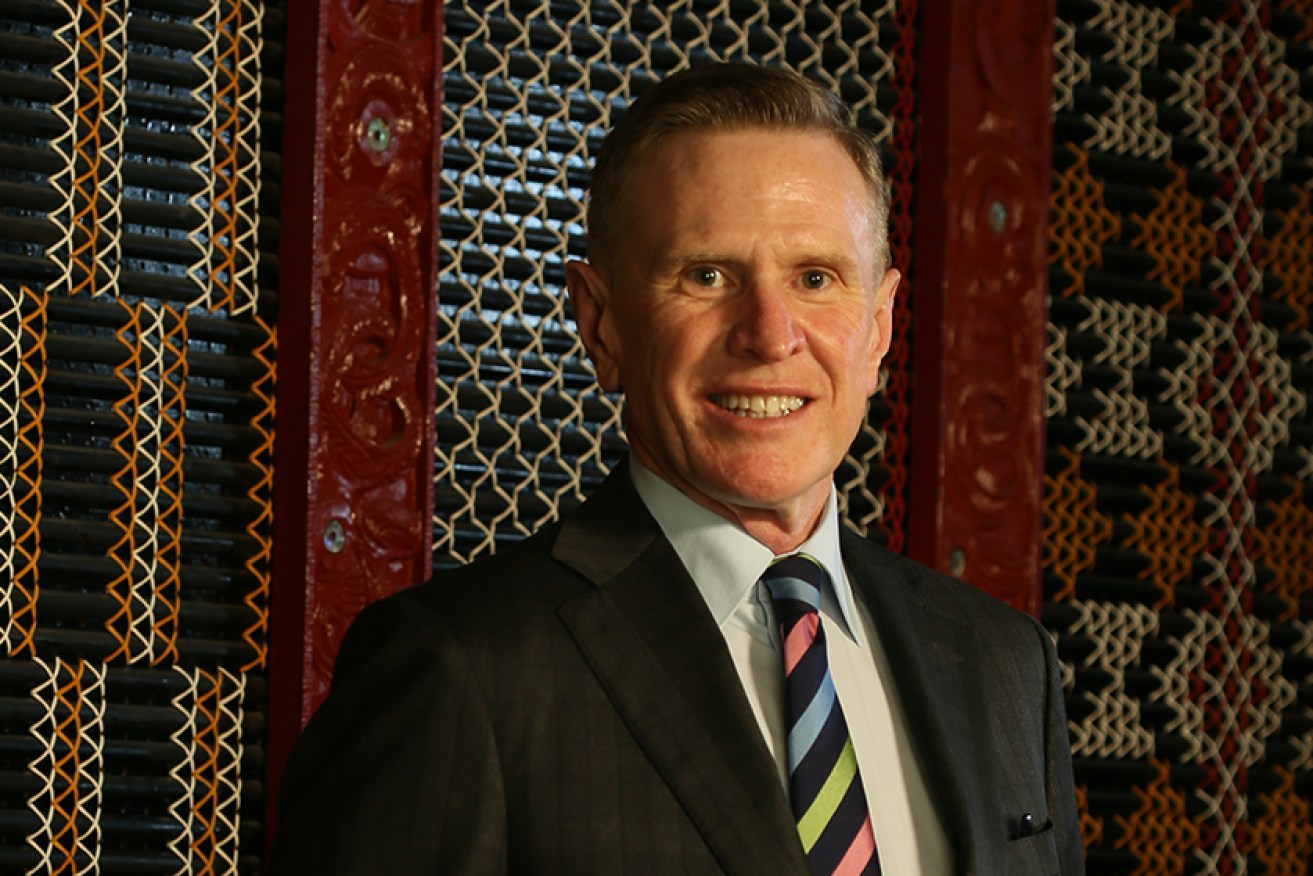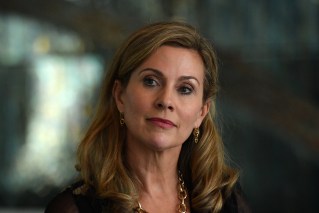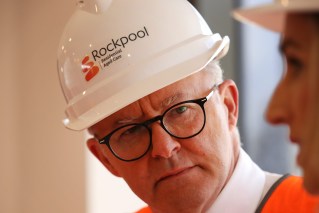25 years on, Suncorp proves privatisation doesn’t have to be a dirty word
Suncorp’s privatisation in 1996 has proven to be a great success but it almost didn’t happen writes Robert MacDonald.


Jon Grayson was part of a small team at the Queensland treasury Corporation that secretly started the ball rolling on one of the state's more successful privatisations. (Image: NZ Infrastructure Commission)
The twenty-fifth anniversary of the privatisation of Suncorp passed recently without a public murmur.
Understandable really. Even talking about privatisation in Queensland is political death, as one-term Premier Campbell Newman discovered in 2015 when voters rejected his plans to sell off the state’s power stations and energy network.
Newman had won office from Anna Bligh, who lost government in 2012 partly because the public thought she’d lied about her administration’s privatisation program.
Political fallout aside, Queensland governments actually have a good track record when it comes to selling off government assets.
Most privatisations have worked well, raising billions for the government, turned state-owned enterprises into nationally significant businesses and made money for shareholders, large and small.
They range from Queensland Rail’s freight operations, floated in 2010 as Aurizon, to Port of Brisbane, sold in 2010 for $2.1 billion.
Few have been more successful than the privatisation and subsequent public float of the merged Suncorp and QIDC, now one of Australia’s biggest financial institutions.
But it almost didn’t happen.
Jon Grayson knows. He was on the inside from the beginning. He was director of special projects for Queensland Treasury Corporation when he was asked in 1995 to head up a small team to take on a special job.
“My brief was initially to make recommendations for managing the Queensland Government’s exposure, through its ownership of Suncorp and QIDC, to the newly deregulated financial services market,” he said.
“Suncorp was putting its hand out for more capital so that it could compete effectively but the government was wary.”
State-owned financial institutions around Australia had also become toxic following the collapse in the early 1990s of state banks in Victoria and South Australia because of poor lending practices.
Grayson’s work had to be top secret.
His small team was housed in a space on the top floor of a government building in Mary Street, which they called the Bat Cave.
“We had to do it all in a cloak of secrecy,” Grayson says.
The financial markets couldn’t get wind of what might be cooking.
And although Labor Premier Wayne Goss and Treasurer Keith De Lacy had ticked off on Grayson’s work, selling any eventual privatisation proposal to a Labor caucus, always wary of job losses, would be hard.
Suncorp’s board, then chaired by Brisbane’s most-prominent director, Graham Tucker, also needed to be kept in the dark.
“There was a risk that someone like Tucker would have convinced the government not to proceed,” Grayson says.
“But the biggest risk, I think, was whether the political courage would hold up.”
It didn’t. Goss’s Cabinet finally voted against any plan to privatise Suncorp – a decision taken in the shadow of an impending loss of government because of the Mundingburra by-election in early 1996.
“Deep down, I believed in the privatisation of government assets but the political will wasn’t there,” De Lacy would say later.
Goss was blunter in his recollections.
“When I floated the idea of floating Suncorp the party went bananas,” he once told an interviewer.
The idea seemed dead. But the new Rob Borbidge-led Coalition government quickly resurrected the plan.
“Borbidge and his Treasurer, Joan Sheldon, were very supportive,” Grayson says.
“I think the political motivation was that they wanted a flagship transaction and policy that said, ‘We’re going to govern with courage, notwithstanding that we’re a minority government’”.
Another motivation was the growing risk that local bank Metway might get taken over by a southern raider, St.George Bank.
The final strategy, after nearly two years in the making, came to fruition in late 1996 when the Government announced a scheme of arrangement that would merge Suncorp and QIDC with Metway.
But even at the last minute there were hitches.
Suncorp chairman Graham Tucker and two other board members, outraged that they not been consulted about the Metway plan, publicly announced their resignations at a Suncorp event in September 1996.
But Sheldon had been forewarned and immediately announced replacement directors.
And then, at the Metway shareholders meeting in December 1996 to consider the future of the company, St.George upped its takeover bid at the last minute.
Grayson was there with Under-Treasurer Doug McTaggart who quickly called Sheldon, who phoned Borbidge to check if they could up the state’s own share price offer.
“And we did. We trumped St.George,” Grayson says.
Suncorp was floated a year later. At the time it was worth about $2 billion. Today, its market capitalisation is about $14 billion.
“In hindsight, I can’t believe how well it went,” Grayson says.
“The Government got a big cash windfall but probably more importantly, it avoided the prospect of a state bank crisis occurring.
“Those other states that had a state bank and got into trouble, not only didn’t they get the windfall we got but they were also lumped with billions of dollars of liabilities.”
And the thousands of “mum and dad” investors who flocked to the float thanks to a jingoistic State-of-Origin marketing campaign have also done pretty well.
Is any of this likely to change the Palaszczuk Government’s steadfast stance again privatisation?
I doubt it very much.
Privatisation is still a dirty word in Queensland.












